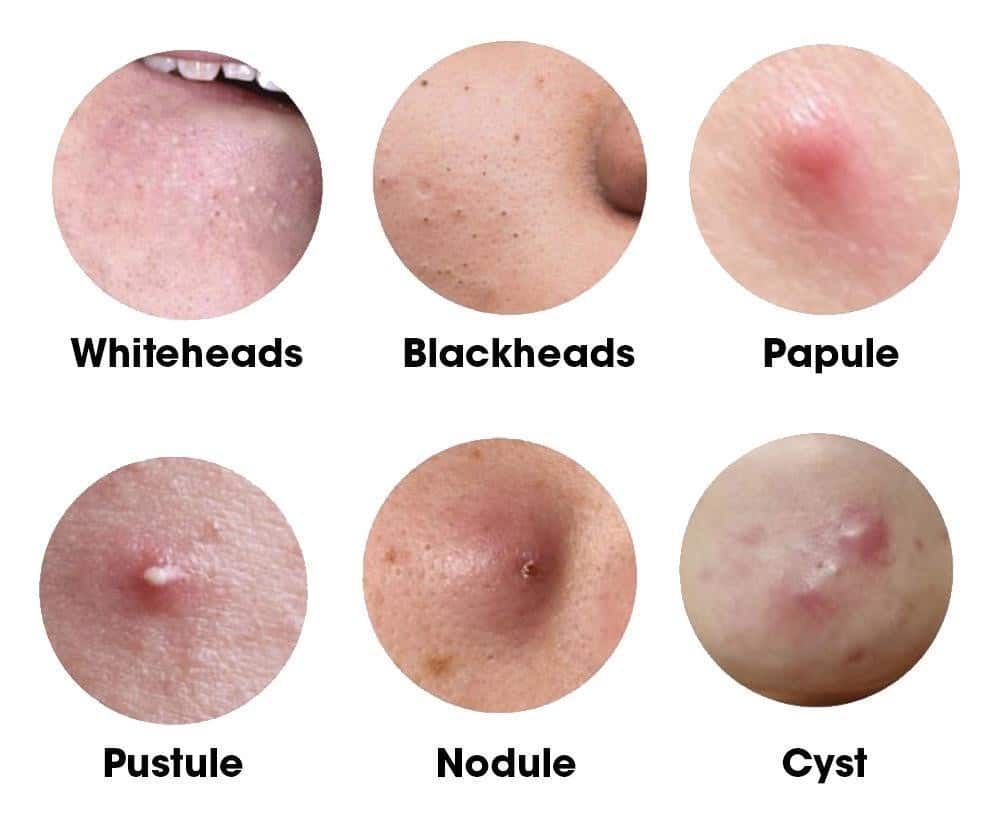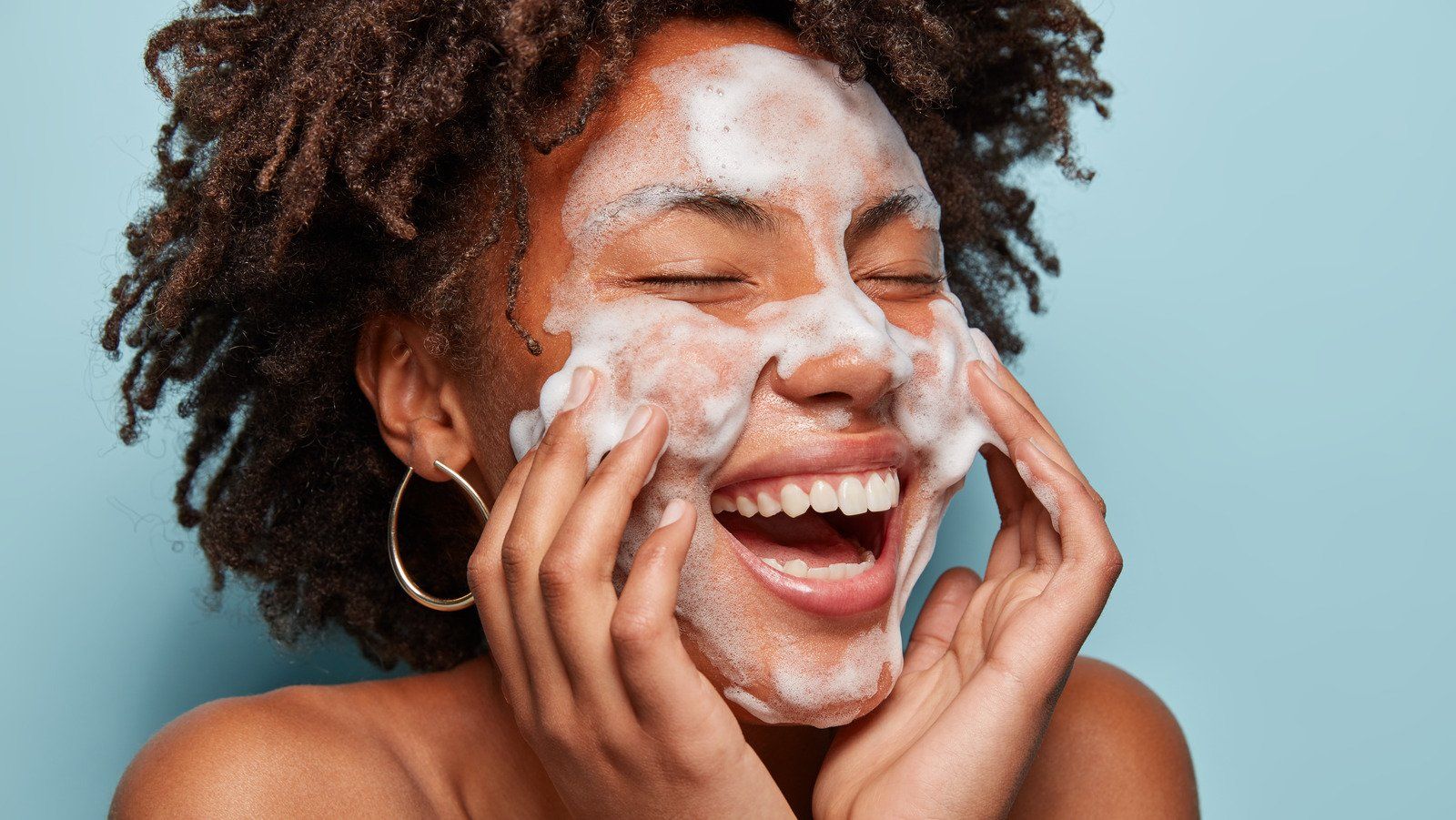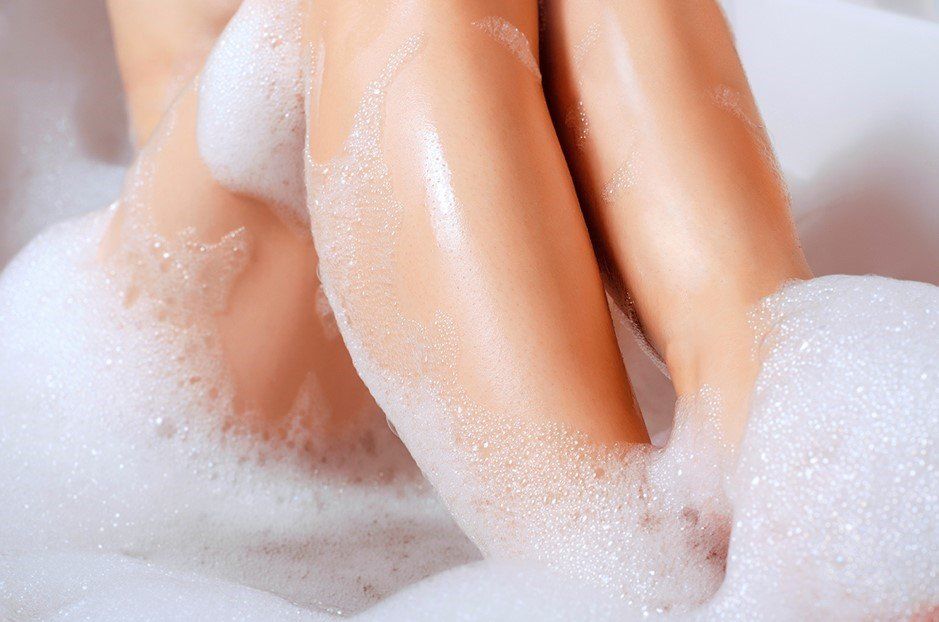Let's Talk Acne! (Symptoms and Causes)
Acne is a common skin disorder that most of us have struggled with to some degree, at some point in our lives. For some people it has been a life-long battle that interfered with their self-esteem and quality of life as they would have had to deal with depression, anxiety, bullying, trauma...it’s tough. Acne can be really confusing because many times you would do as you are told and still, it either gets worse or nothing improves. Now, acne is multifaceted and such a BIG topic that I will have to break this up into several blog posts. This article, however, will help to clear up some of that confusion for you as I will begin by discussing its characteristics and causes. Let’s go!
SYMPTOMS OF ACNE

A person who suffers from acne can have a combination of any of the listed signs and symptoms below:
Closed Comedones:- These are whiteheads and flesh-coloured, non-inflammatory bumps on the skin. They are caused by a build-up of sebum, dead skin and bacteria in the hair follicle.
Open Comedones:- These are blackheads and are caused by the same factors as closed comedones except that because the blockage in the follicle has been exposed to air, it oxidizes and becomes black. This also is non-inflammatory.
Both closed and open comedones are precursors to more inflamed acne types if they are not dealt with early enough. This is because the bacteria in the follicle rapidly begin to proliferate as they have no oxygen (which is favourable for them) and as such, the follicles become inflamed.
The more inflamed acne types are as follows: -
Papules:- These are red and inflamed bumps in the skin that has no “head.”
Pustules:- These are papules that then become filled with pus and develop a white or yellow center.
Nodules:- These are very severe hard bumps that go deep under the skin that can cause permanent scarring. They are red, inflamed, extremely painful and do not have pus or a whitehead in the center.
Cysts:- These are hard, large, red, inflamed and painful bumps that go deep down in the skin. They may be filled with blood and pus, and it is the most severe type of acne that causes scarring that can be permanent.
As a result of the acne lesions present, they leave you with: -
Post-inflammatory hyperpigmentation (PIH):- These are dark marks on the skin caused by trauma from picking of the acne lesions.
Redness:- This is caused by inflammation in the skin due to the acne bacteria present in the follicle.
Scarring:- Inflammation leads to poor wound healing and results in scarring. There are many different types of acne scars, but some are characterized by the pitted scars on the skin that can range from shallow to deep. Some are raised (keloid/hypertrophic) scars.
CAUSES OF ACNE
Now that you know the signs that present themselves in acneic skin, I'm sure you really want to understand why? So, let’s get into it.
- P acnes bacteria:- This bacteria is now known as Cutibacterium acnes (C acnes). They are present in everyone’s skin, but it only becomes a problem in oily skin and here’s why. C acnes metabolize the triglycerides present in the sebum produced by the sabaceous glands (oiI glands). It then converts the triglycerides into free fatty acids (FFAs) which, when there is too much, it can have an inflammatory effect. Of course, if there is a lot of oil, there will be a lot of FFAs and as a result potential inflammation. (It is important to know however, that free fatty acids are necessary for maintaining a healthy acidic pH of 5.5 on the surface of the skin to fight off pathogens). However, FFA's become even more of a problem when the follicles become blocked with dead skin cells and the oil is not able to flow freely out of the follicles. This then traps the C acnes bacteria and oil in the follicles and of course they need to eat, right? So given the fact that it can survive without oxygen, it continues to multiply as it feeds on the triglycerides from the sebum within the follicles. When the FFAs are formed, the skin’s immune system sees this as a foreign body (as they naturally are supposed to be on the surface of the skin) and triggers an inflammatory effect. C acnes bacteria being stuck in the follicles can also lead to inflammation as they trigger phagocytic white blood cells to form which break down and weaken the follicular wall.
- Hyperkeratosis:- Persons with acneic skin produce skin cells 4-5x faster than normal. Now if this person doesn’t have a healthy barrier (which usually is the case due to using harsh products that overly strip the skin), this contributes to trans-epidermal water loss (TEWL) among many other things and the enzymes which depend on water to naturally desquamate the dead skin cells cannot do so. Therefore, the dead skin cells block the follicles trapping in the C acnes bacteria and oil inside the pores and you already read above what happens.
- Comedogenic cosmetics- Some products have ingredients that can block the pores and as result lead to the entrapment of bacteria, oil and dead skin cells in the follicles contributing to the formation of acne.
- Hormones:- All women have androgen (male hormones) one of them being testosterone. Testosterone is responsible for healthy and strong skin, muscles and bones. There is an enzyme called 5a-reductase that converts testosterone into dihydrotestosterone (DHT). DHT is responsible for sebum production. These hormones only become a problem when there is more of them than estrogen OR if a person is genetically predisposed to being sensitive to androgen hormones (even if there aren’t an increased amount). If there are more androgen hormones than estrogens or a person is genetically sensitive just to the presence of androgen hormones, then this results in increased sebum production (due to the DHT) leading to acne that is hormonally influenced. Hormonal mediated acne is most prevalent in the chin and jawline.
- Gut issues:- Many acne sufferers have a high presence of H Pylori bacteria, candida and protozoa (parasites) in the stomach. It may become important to do stool and urine testing looking specifically for the presence of the aforementioned. If they are in fact present, they need to be addressed as this can be a root cause of acne and if not treated can lead to slow or unsuccessful skin care treatments.
OTHER FACTORS
Your diet, stress, medications and even skin care treatments can be TRIGGERS to acne. This means that they are not root causes, but because of your genetic predisposition to acne, it can exacerbate the condition and as such they need to be addressed. Everyone is triggered by different things and the key is finding out what they are. I will not elaborate on these triggers in this blog post to overwhelm you with information, but I would hope that I have started to lift the veil of confusion and that you are starting to understand more clearly what causes acne.
As you can see acne is a complex skin condition. Most of the factors are genetic predispositions and it is so much more than what you are doing to your skin but more about what is happening internally. This is why you should be easier on yourself and know that it is not your fault for your skin’s appearance. It is also why you can see that patience and consistency is imperative because doing skin care treatments are just one side of combatting the problem that is presented on the skin. What’s important now is understanding your skin and learning about the healthy ways you can treat it. This is why a consultation is so important to finding out what the root causes are so that it can be treated successfully. If you, or someone you know need help with your acne, you can begin your journey with Star Naturale Beauty! Next up I will elaborate more on the triggers and of course discuss ways of treating them.













